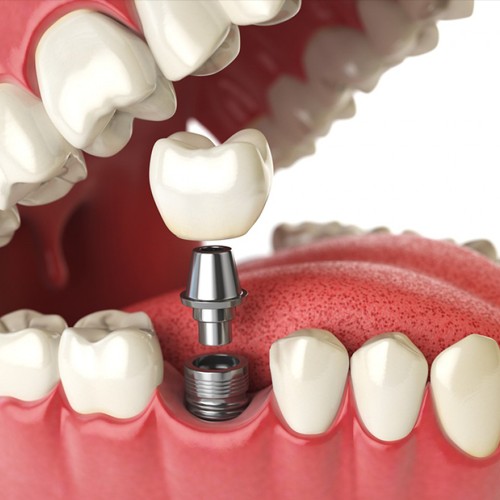Are toothpastes different or is it the same thing repackaged with a different name? Hi, I’m Dr. Henry Sobol and I’m here to get my choose to use this debate. Ever thought about why there are many various kinds of toothpastes and who they may be promoting the item to? Well, it’s you: the customer, the patient, and anyone who uses mouthwash. So let’s start with a number of the popular brands and their actual substances:
Colgate Total Advanced Whitening Sodium Flouride .24% and Triclosan .30%
Colgate Total Deep Clean (and All Other Colgate Total) Sodium Flouride .24% and Triclosan .30%
Colgate Optic White .76% Sodium Monoflourophosphate
Crest 3D Optic White Sodium Flouride .24%
Crest Prohealth Stannous Flouride .45%
Crest Gum and Enamel Repair Stannous Flouride .45
Sensodyne Repair and Protect Sensitivity .45% Stannous Flouride
Sensodyne Complete Protect toothpaste .45% Stannous Flouride
Sensodyne Proenamel Potassium Nitrite 5% Sodium Flouride .25%
Arm and Hammer Extreme Whitening Sodium/ Peroxicare Deep Clean Flouride .25%
Aquafresh Extreme Clean 15%
As you can see, there really isn’t a lot of difference between every one of the toothpastes. Just what exactly should it all mean?! The most important differences are in concentration of ingredients and various components which are seen in some key brands. Colgate total by way of example contains a typical volume of fluoride with a special Antigingivitis Agent called Triclosan. Colgate includes a patent with this ingredient and thus has the capacity to offer it exclusively in the Colgate Total Distinctive line of products. Sure it may help with gingivitis and in actual fact comes with a ingredient to take action, but if you notice, it doesn’t matter what type of Colgate Total you get Advanced Whitening, Deep Clean, etc…they all support the same concentration. My Recommendation: For daily use I would recommend a toothpaste with antigingivitis properties like Colgate Total.
To trade something, It’s By pointing out packaging which is changed to help draw the eye for different shoppers and customers within the stores. Additionally, Colgate Optic White is another toothpastethat provides a special energy flouride that is only offered of their Optic White line. They sport a .76% concentration of Sodium Monoflourophosphate that is noticeably differentiated off their brands. In relation to fluoride, like a consumer it’s difficult to tell what exactly is good and what’s not. Flouride works differently on anyone and several consumers will have a more noticeable response to the toothpaste as well as their fluoride variation and some don’t. A better concentration generally means a greater effect. This can be a primary reason why companies market different concentrations and types of fluoride. My Recommendation: You must do it to know what works – So start looking when many different fluoridated toothpastes and don’t keep buying the same should you don’t see results.

Lastly, for sensitive teeth it’s difficult to choose the best toothpaste since several companies have packages marked with “Sensitivity Relief.” Try to find toothpastes which may have special ingredients like Potasium Nitrite to bar sensitive tubules inside the teeth. These ingredients embed themselves on the tooth after brushing which help block the micropores on teeth, which eventually decrease sensitivity. It takes approximately 2-4 weeks in order for there to become noticeable difference in tooth sensitivity. My Recommendation: Give Sensodyne Proenamel a shot and be patient.
I hope this informative article cleared up some common misconceptions about toothpaste in addition to their benefits. Stay tune for more into the future!
Dr. Henry Sobol, D.M.D
To get more information about best dentist go to this useful net page.
